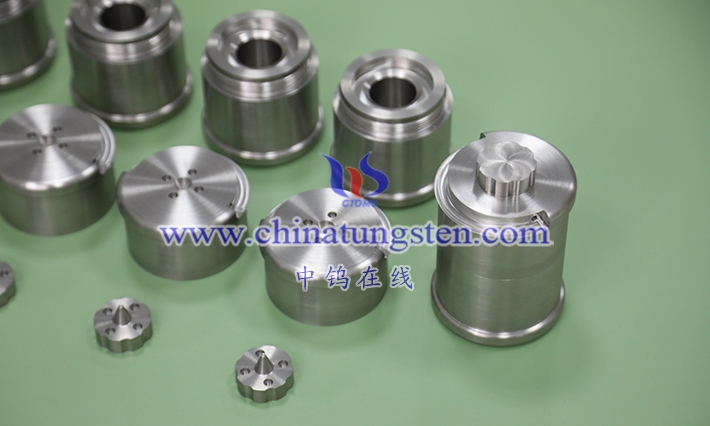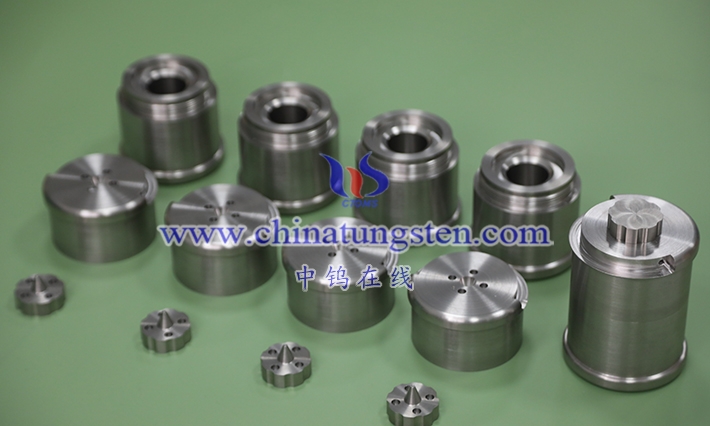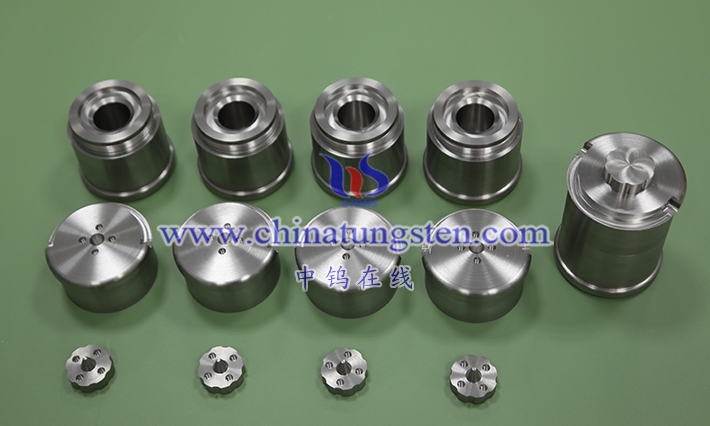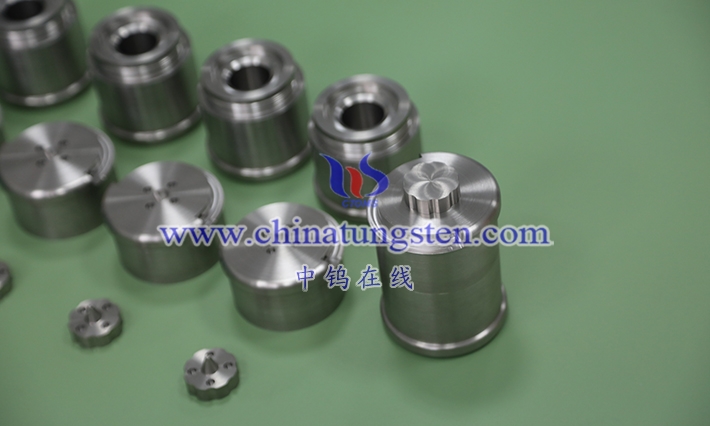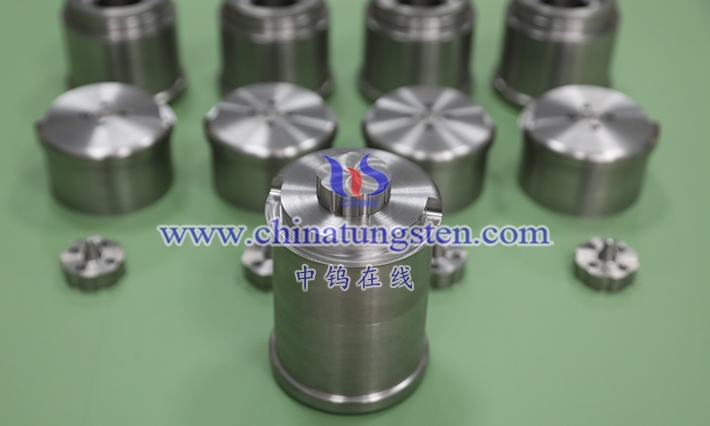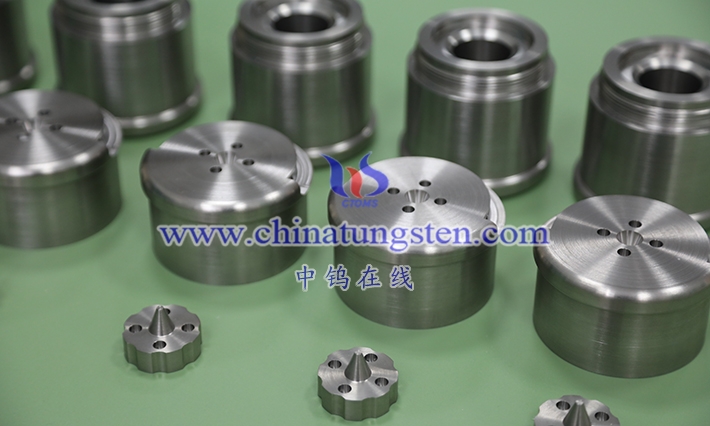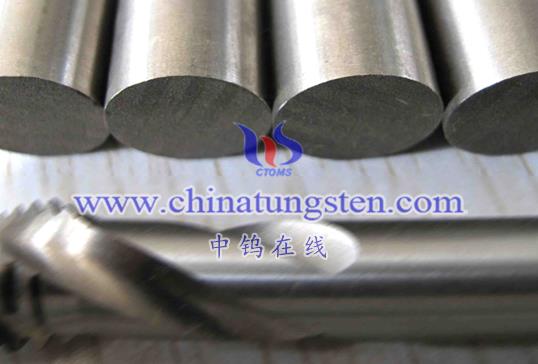
The fracture toughness of high-density alloys can be measured and evaluated by several methods:
- Specimen bending test: Specimen bending test is a commonly used method to measure the fracture toughness of high-density alloys. The sample is generally in the shape of a round bar or plate. It is bent on a three-point bending testing machine and the fracture of the sample is observed when it reaches the specified deflection. Based on the specimen size and loading conditions, the fracture toughness value of the material can be calculated.
- Impact test: Impact test is a commonly used method to evaluate the fracture toughness of high-density alloys. The sample is generally in the shape of a plate or strip. It is subjected to the impact load on the impact testing machine and the fracture of the sample is observed. Based on the fracture mode and impact energy of the specimen, the fracture toughness of the material can be evaluated.
- Crack growth test: Crack growth test can be used to study the mechanical behavior and fracture toughness of high-density alloys during the crack growth process. The sample is generally a flat plate or round bar. Static load or cyclic load is applied on the testing machine, and the crack expansion is observed. By measuring the crack growth rate and stress intensity factor, the fracture toughness value of the material can be calculated.
- Finite element analysis: Finite element analysis can be used to simulate the fracture process of high-density alloys and evaluate the fracture toughness of the material. By establishing a finite element model of the sample and applying corresponding load conditions, the crack growth and fracture process of the material can be simulated, and the fracture toughness value of the material can be calculated.
It should be noted that the fracture toughness of high-density alloys is affected by many factors, such as material composition, microstructure, environmental conditions, stress state, etc. Therefore, these factors need to be considered comprehensively for measurement and evaluation to obtain more accurate results. At the same time, for specific materials and application scenarios, it may be necessary to conduct comprehensive analysis and evaluation combining experiments and theoretical models to obtain more accurate fracture toughness prediction results.
More details of tungsten alloy product, please visit website: http://tungsten-alloy.com/
Please contact CHINATUNGSTEN for inquiry and order of tungsten carbide:
Email: sales@chinatungsten.com
Tel.: 86 592 5129595
